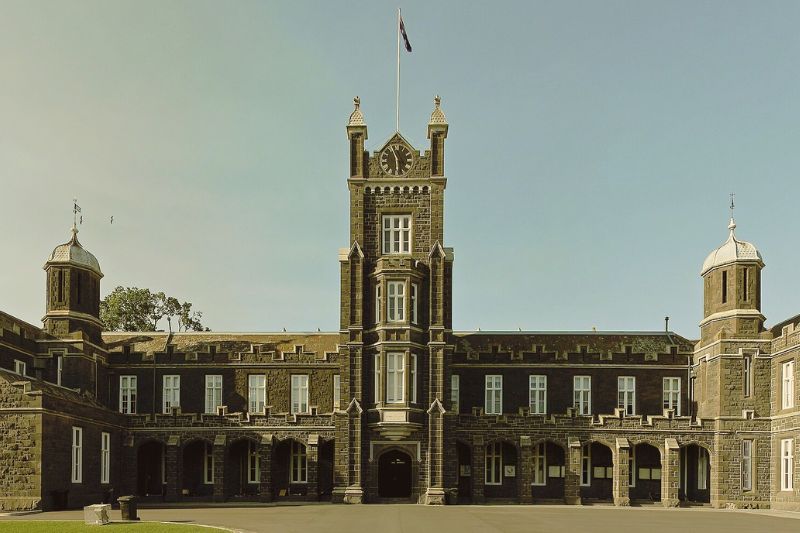Most of what you have read about school funding is wrong. Firstly, the notion that Australia uniquely funds non-government schools is a myth. This practice is standard across OECD countries, where, on average, non-government schools receive about 73 per cent of the funding allocated to government schools. In the broader context of the OECD, funding non-government schools is a norm, not an exception. On average, OECD countries allocate around $US10,949 per student in government schools and $7,958 in non-government schools. Contrary to popular belief, Australia is not the top spender in this category. Eleven countries spend more in absolute terms per student in a non-government school than Australia does.

Consider Finland, often lauded for its educational system, where non-government schools are fully funded but prohibited from charging fees. England and New Zealand also have similar models of funding non-government institutions, each with its unique conditions regarding fees and student admissions.
The argument against public funding for ‘private’ entities misses a broader societal practice. Everyone understands that non-government entities can meet public purposes, and we regularly fund non-government entities in various sectors – hospitals, medical practitioners through Medicare, pharmacists via the Pharmaceutical Benefits Scheme, and public transport services, to name a few.
This principle extends to education as well. In Hurstbridge, for example, two non-government-run kindergartens received government funding without any public outcry or debate, and the incomes of the families that used them were irrelevant to the amount of public funding they received.
The discussion around the Schooling Resource Standard (SRS) is rife with misunderstandings. It’s often said that many non-government schools receive more than 100 per cent of the SRS, which is a misleading claim. The SRS is essentially an estimate of the cost to educate a mainstream student. The SRS is a set amount: $13,060 for every primary school student and $16,413 for every secondary school student before loadings for disadvantage. Non-government schools receive a portion of this, ranging from 20 to 90 percent (which can be as little as $2,612 per student) based on the median income of the families within the school – a method that can sometimes lead to absurd results. For example, a primary school receiving just a dollar more than what the government deems appropriate is labelled ‘over-funded,’ even though it gets only a fraction of the SRS. The reality is that non-government schools are funded at a percentage of the SRS, based on the median income of the families in the school.
This approach, while well-intentioned, can sometimes lead to absurd outcomes, akin to adjusting a pension based on the incomes of all pensioners in a local club rather than on individual needs. The schools that are granted a higher percentage of the SRS than the Australian Education Act says they should be granted are so funded because they are still on the Hawke government’s needs-based educational resource index model. In other words, they are being criticised for receiving the funding that a needs-based model says they should receive instead of the funding that a non-needs-based model says they should receive.

'The real challenge lies beyond the complexities of the funding models and in the narrative that surrounds them. The media coverage, often abysmal in its inaccuracies, not only misleads public opinion but also influences policy decisions. Creating a rational, just, and effective school funding model requires cutting through these inaccuracies to understand the real needs of Australian students and schools.'
There’s also a common misinterpretation of the Gonski model. Touted as needs-based and sector-blind, it nonetheless applies different rules for government and non-government schools, and ignores crucial factors like school fees and other incomes.
The narrative that poorer schools get more funding than their wealthier counterparts is oversimplified. The current funding model is entirely based on the median income of the parents, not on the school’s fees or assets. This leads to a paradox where schools refusing admission to wealthier families could receive more funding, an approach that is irrational as it is an unjust way to allocate public money.
Moreover, the perception that non-government school funding has increased disproportionately compared to government school funding needs context. The non-government sector did indeed see a higher percentage increase, but it started from a much lower base. Even after these increases, there remains a notable funding gap, with non-government schools receiving significantly less per student compared to government schools. (According to the 2023 Productivity Commission Report on Government Services, non-government schools receive public funding of $12,442 per student compared with $20,940 for a government school student.) This gap is even more pronounced when compared to the OECD average.
The public’s stance on school funding models has shifted over time, often influenced by political branding rather than the models’ merits. The SES model’s reception varied dramatically depending on who was proposing it. When it had John Howard’s name on it, the public education lobby was vehemently opposed. When it had David Gonski’s name in front of it, it was zealous in its advocacy. This fickleness extended to the National School Resourcing Board model, which shifted the funding determination criteria from the neighbours’ socio-economic status to the parents’ income.
The debate on school funding in Australia is not just about numbers and percentages. It’s about understanding the broader context, the nuances of different funding models, and the realities of educational needs across various sectors.
Ultimately, the real challenge lies beyond the complexities of the funding models and in the narrative that surrounds them. The media coverage, often abysmal in its inaccuracies, not only misleads public opinion but also influences policy decisions. Creating a rational, just, and effective school funding model requires cutting through these inaccuracies to understand the real needs of Australian students and schools. As we seek solutions, our focus should be on establishing a system that is equitable, rational, and, most importantly, conducive to the educational development of every Australian student.
Chris Curtis is a former teacher and university tutor who has retained an interest in education and the only person in the country who put a funding model to the Gonski panel, which ignored it.